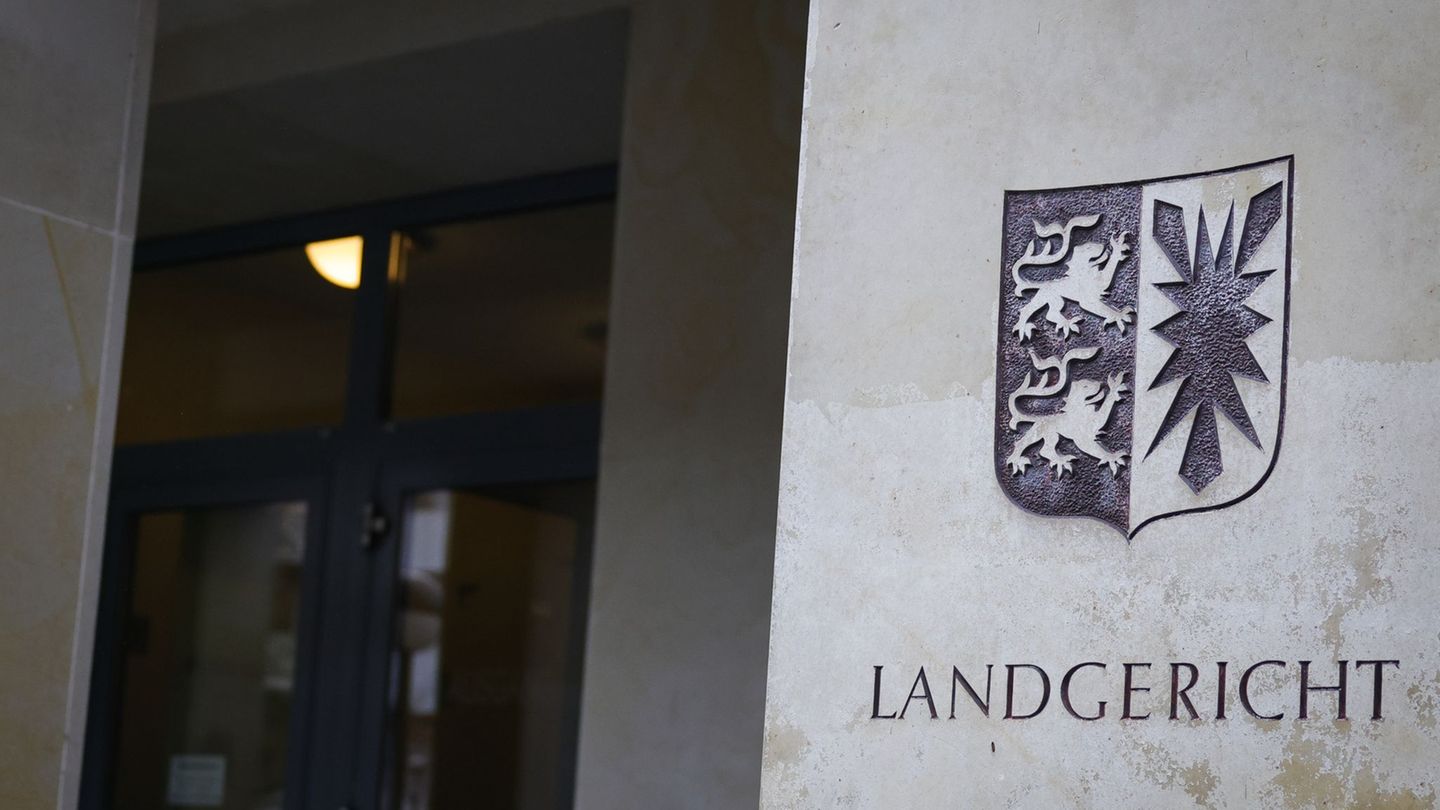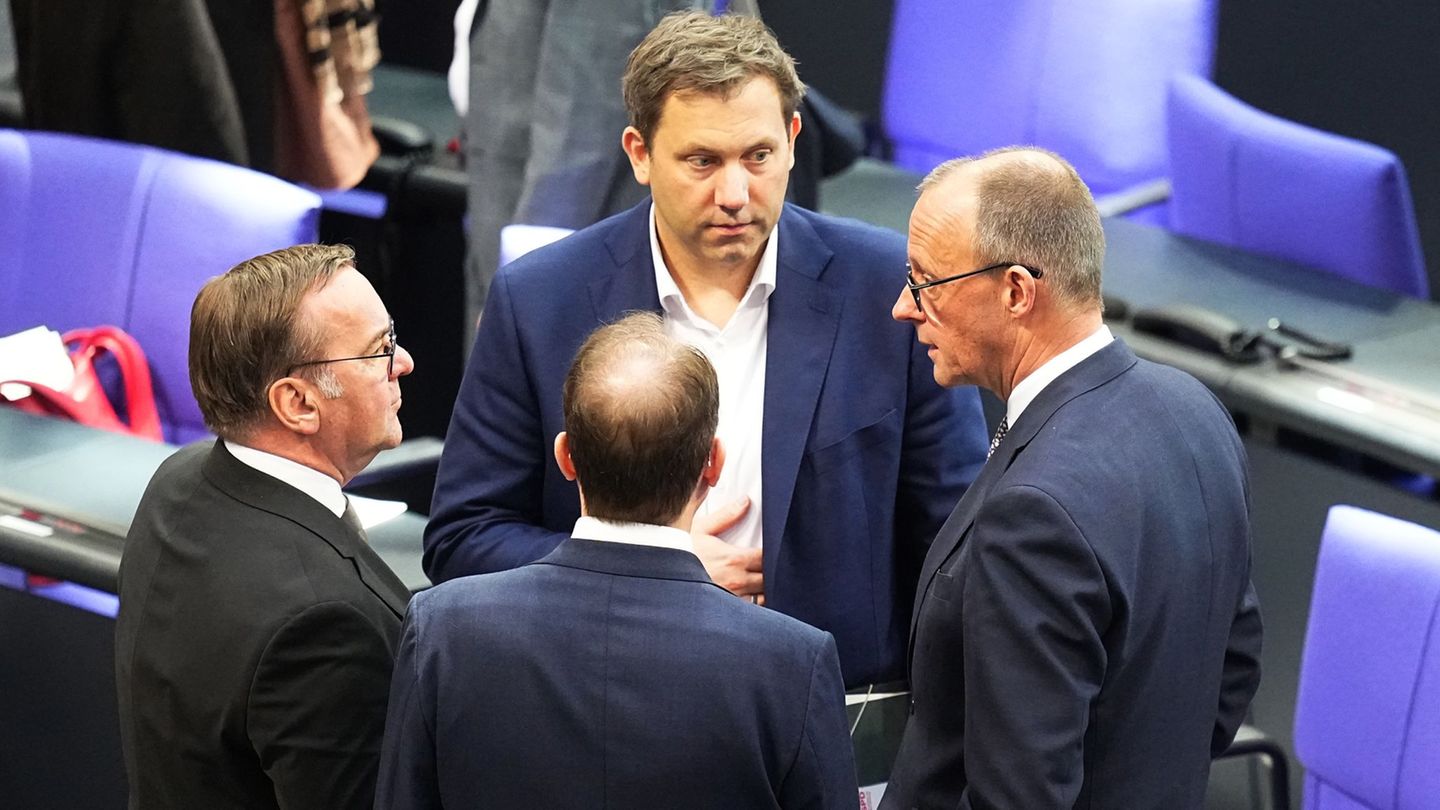I have been working in the news industry for over 6 years, first as a reporter and now as an editor. I have covered politics extensively, and my work has appeared in major newspapers and online news outlets around the world. In addition to my writing, I also contribute regularly to 24 Hours World.
Menu
Change of government: What could the new cabinet look like?
Categories
Most Read
Ukraine: According to the UN report, Russia is specifically hunting civilians with drones
October 28, 2025
No Comments
“Cityscape” debate: Survey: Majority of women do not feel safe
October 28, 2025
No Comments
Humanitarian crisis: UN warns of escalation in Sudan – atrocities feared
October 28, 2025
No Comments
Chancellor Friedrich Merz should weigh his words better
October 27, 2025
No Comments
Humanitarian crisis: Sudan’s army loses last major city in Darfur region
October 27, 2025
No Comments
Latest Posts

Party hit: End of the Ballermann season: What does summer do in winter?
October 28, 2025
No Comments
Lisa HarrisI am an author and journalist who has worked in the entertainment industry for over a decade. I currently work as a news editor

Lawsuit against names: Regional court decides on “liqueur without eggs”
October 28, 2025
No Comments
AngelicaI am an author and journalist who has written for 24 Hours World. I specialize in covering the economy and write about topics such as

Taylor Swift: Wiesbaden Museum is preparing for the onslaught of Swifties
October 28, 2025
No Comments
Because of a painting Wiesbaden museum is preparing for an onslaught of Taylor Swift fans Listen to article Copy the current link Add to watchlist
24 Hours Worlds is a comprehensive source of instant world current affairs, offering up-to-the-minute coverage of breaking news and events from around the globe. With a team of experienced journalists and experts on hand 24/7.

